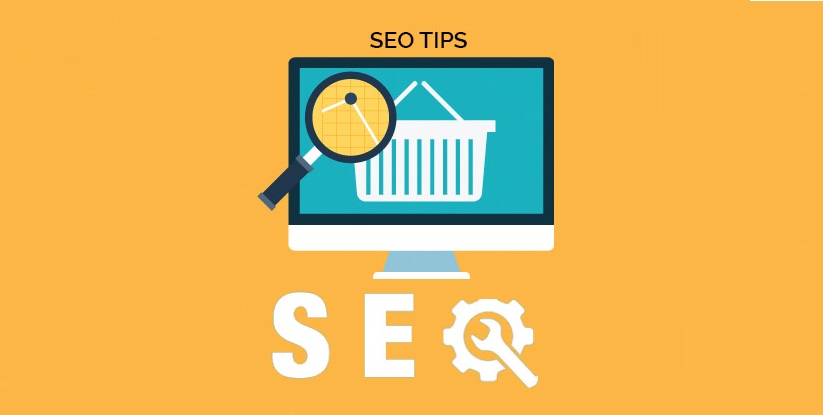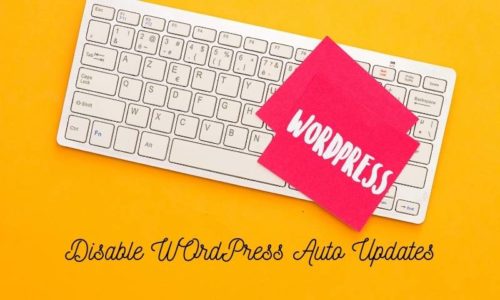
WordPress is good for SEO, but sometimes we still get it wrong. Even if an SEO plug-in such as the Premium Yoast SEO plugin is installed, the settings might be wrong.
Listed below are 8 common WordPress SEO settings as a reference:
1. Don’t prohibit search engine indexing
The first step in search engine optimization (SEO) is to not prohibit the indexing of search engine crawlers. As a WordPress SEO tip, when installing WordPress, search engines are allowed to index by default. Of course, if accidentally chosen to prohibit during installation, it does not matter, log in the to WordPress control panel, modify it in the privacy menu.
2. Establish a clear theme for the blog
Many people like to throw everything into blogs, cars, movies, music, etc. Of course, there is nothing wrong with this approach. However, the search engine is very stupid, when there are too many topics, the search engine does not know what the blog is about. At the same time, readers will also be puzzled by this form.
3. URL normalization
If there are multiple URLs for each article, then the site may face the following problems:
- The search engine does not know which URL to display in the search results alliance;
- PageRank is lost among multiple URLs;
- Penalized for copying content.
Note: WordPress URL normalization can use the built-in Permalink function.
4. The code is verified by Xhtml
Most of the time, the impact of code errors is very small, but some serious errors may be caused by the misunderstanding of the search engine, so the blog is de-rated. The code of WordPress itself is very standard, but once a template or plug-in with non-standard code is used, it may bring the wrong code. In addition, bloggers may also generate wrong codes when writing articles.
WordPress SEO Tip: Make use of the XHTML validator provided by W3C to check whether a theme conforms to the XHTML standard, and to facilitate the correction based on the verified results.
5. Use pictures in the article
Using pictures in articles not only attracts readers’ attention, but also uses alt tags, title tags, and file names. These can increase the keywords of the article to a certain extent. At the same time, it can also make the articles appear in the image search element.
6. Proper use of H title tags
- H1 tags should be used for the title of the blog or the main keywords.
- If the subtitle or description of the blog also contains keywords, then an H2 tag should be added. Otherwise, use div tags.
- The article title should use the h2 tag.
- The title of the sidebar should use the h3 tag, or no H tag.
Many templates use H2 tags in their sidebar titles, including the default template that comes with WordPress.
Note: Why use the H3 tag for the title of the sidebar? Because whether it is readers or robots, the title of an article is more important, and the title of the sidebar is only for readers to browse and distinguish module functions.
7. Use ping service
Ping service is very important, it can make an article indexed by search engines as quickly as possible. Another thing to note is that after publishing the article, whether it is edited or modified, ping it again. Therefore, after the article is published, do not edit and modify it frequently.
In addition, some source claims that modifying the article is more conducive to improving search engine rankings. To prevent the repetition of PING, disable PING on the post article page when re-editing.
8. Install the Google XML Sitemaps Generator plugin.
Note: The Google XML Sitemaps Generator plugin is absolutely excellent and even a must-have WordPress SEO plugin.






1 Comment